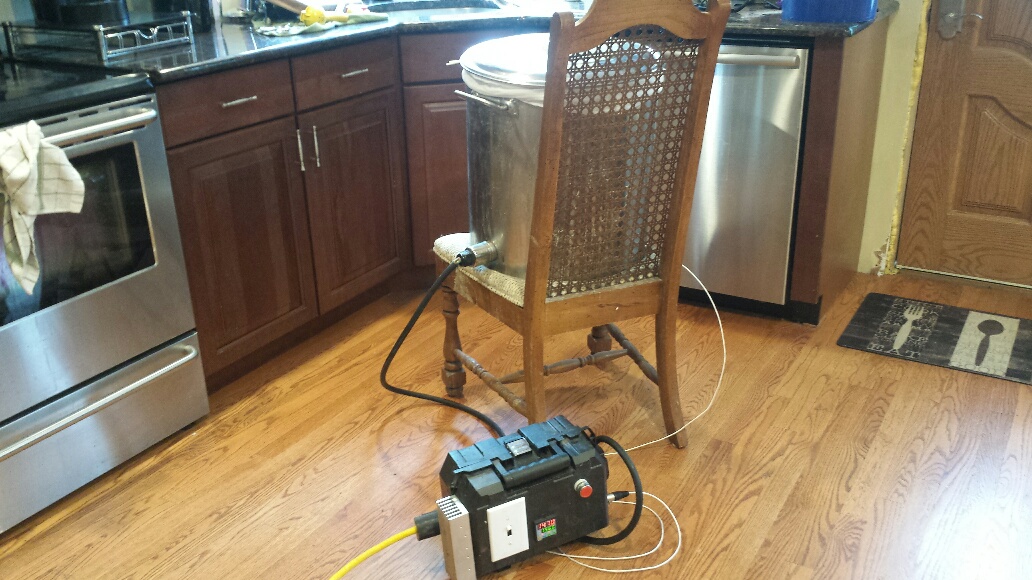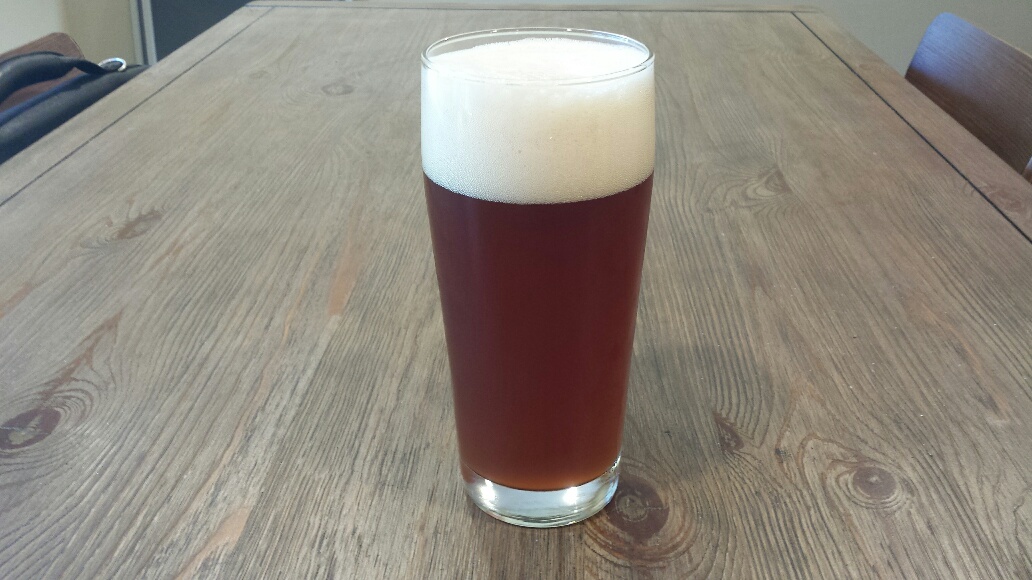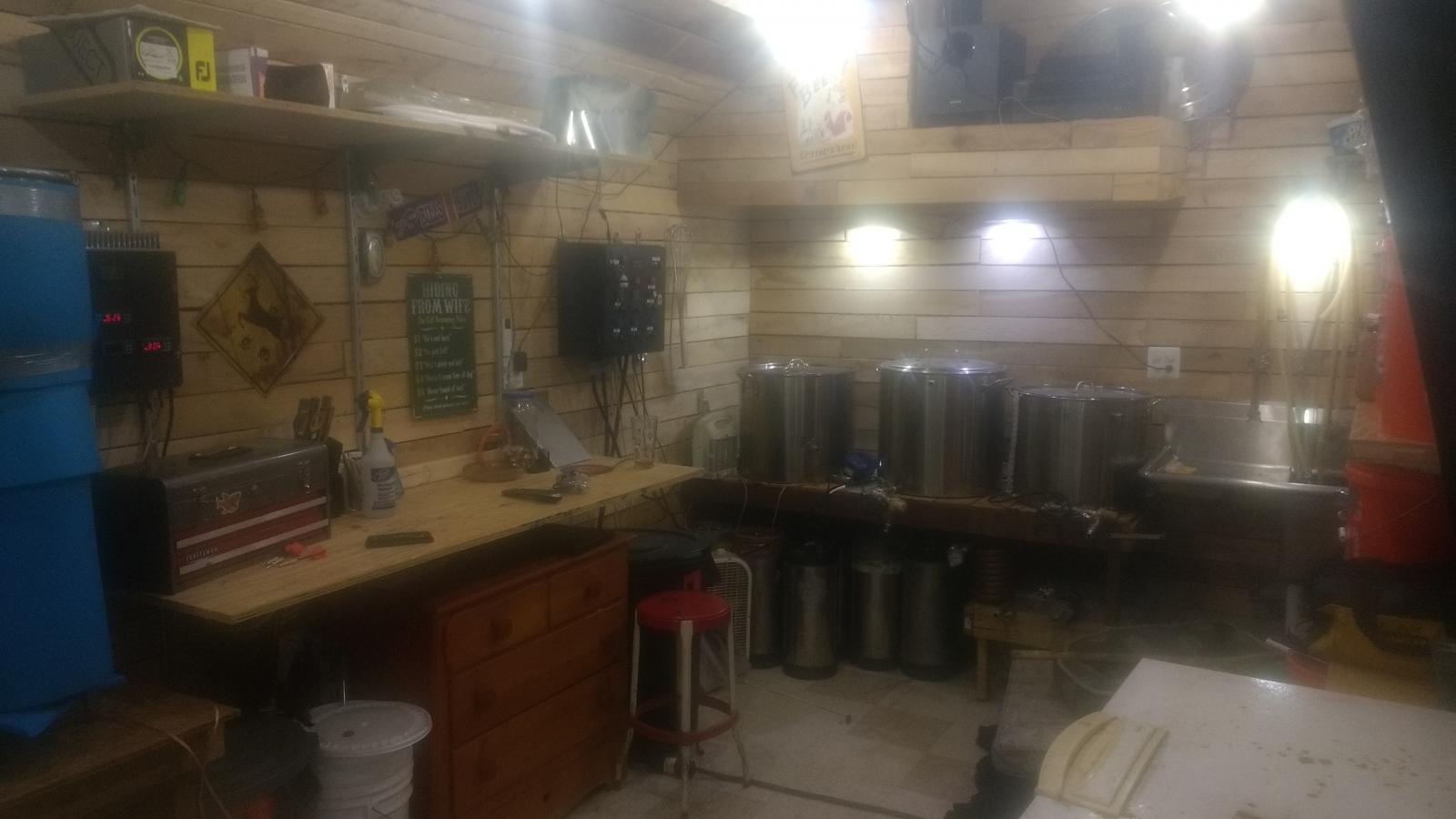DJM3
Member
- Joined
- Oct 11, 2017
- Messages
- 14
- Reaction score
- 0
Hi Guys, I've done a fair few extract kit brews over the years and have now progressed into all grain brewing (BIAB). I've done a couple of brews now using an electric Peco boiler. It seems to take a long time to reach a boil and a lot of YouTube videos use a metal boiler over a gas flame.
I was just wondering what are people's preferences and why? Cheers.
I was just wondering what are people's preferences and why? Cheers.




















![Craft A Brew - Safale S-04 Dry Yeast - Fermentis - English Ale Dry Yeast - For English and American Ales and Hard Apple Ciders - Ingredients for Home Brewing - Beer Making Supplies - [1 Pack]](https://m.media-amazon.com/images/I/41fVGNh6JfL._SL500_.jpg)







































